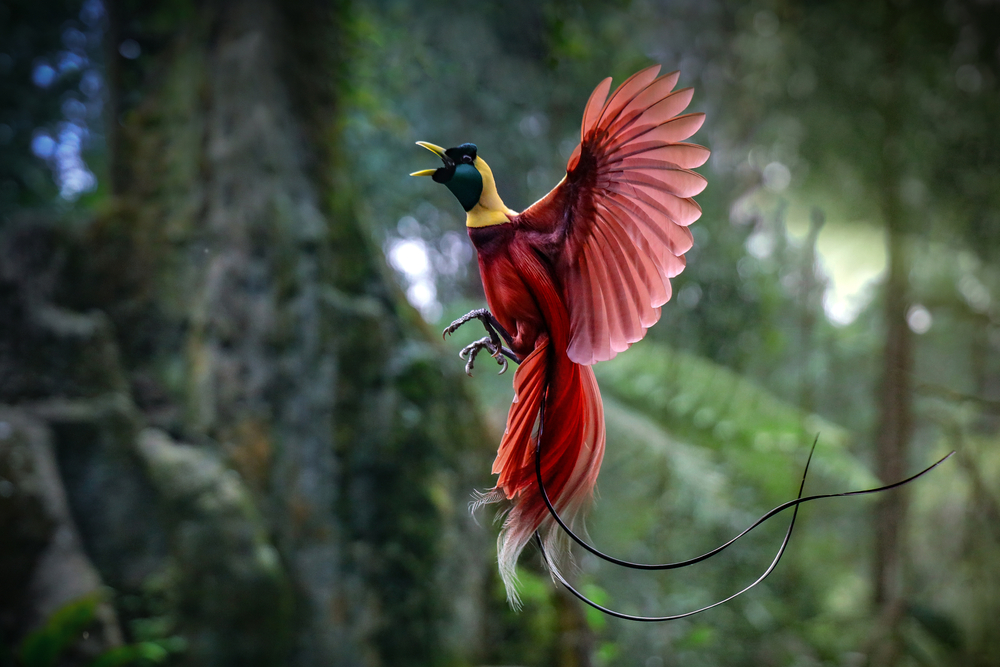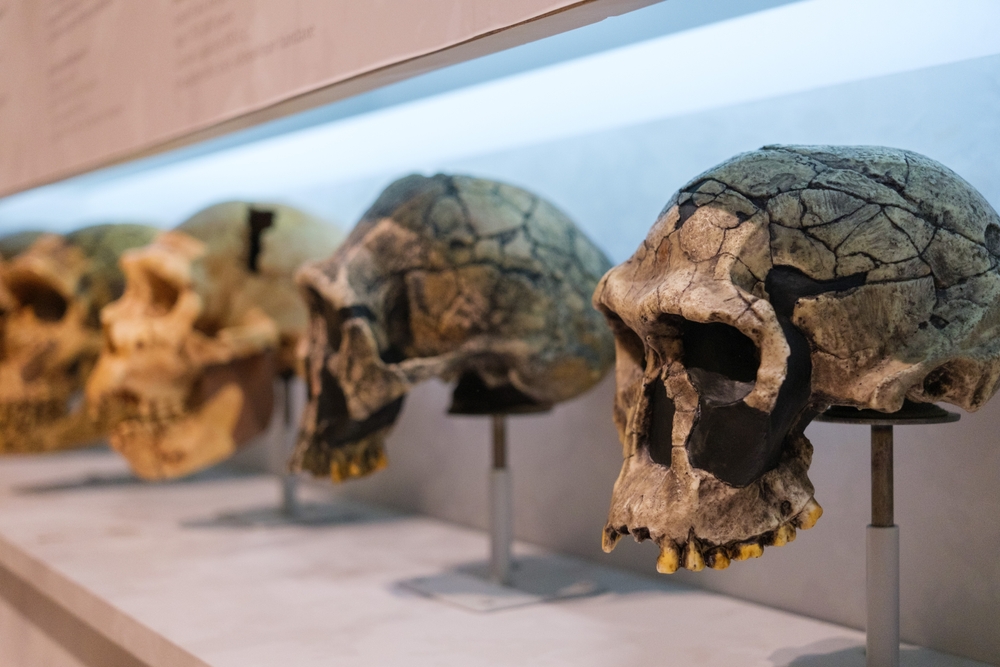Now Reading: Birds-of-Paradise Glow to Impress Mates
-
01
Birds-of-Paradise Glow to Impress Mates
Birds-of-Paradise Glow to Impress Mates

Fast Summary
- Birds-of-paradise, native to Australia, Indonesia, and New Guinea, are biofluorescent. Their skin and feathers absorb high-energy light and re-emit it as yellow-green rays visible to other birds.
- A recent study found that biofluorescence is used likely as a visual mating signal, making the birds more attractive to selective females.
- Among 45 species examined from museum specimens: 37 species retain this trait; 8 lost it through evolution. This suggests their shared ancestor exhibited biofluorescence.
- Sexual selection plays a key role in the evolution of these dramatic traits, alongside natural selection; even features like “super black” plumage enhance color contrasts for better displays.
- Research confirmed four out of five criteria indicating biofluorescence serves a purpose connected to mating displays but requires experiments under artificial lighting conditions for conclusive proof.
Indian Opinion Analysis
The evolutionary complexity behind birds-of-paradise demonstrates nature’s intricate interplay between survival instincts (natural selection) and reproductive preferences (sexual selection).The unique use of both biofluorescence and “super black” plumage illustrates how features can diverge from practical advantages toward aesthetic allure due to strong female selectivity-a concept rooted in sexual signaling theory.
For India’s rich biodiversity-home to numerous bird species-it might very well be noteworthy for researchers studying regional ecosystems or conservationists managing endangered avian populations where similar mechanisms may influence behavior or breeding success.Insights into such adaptive traits may guide ecological balance while also offering cultural enrichment through deeper appreciation of our wildlife heritage.
























